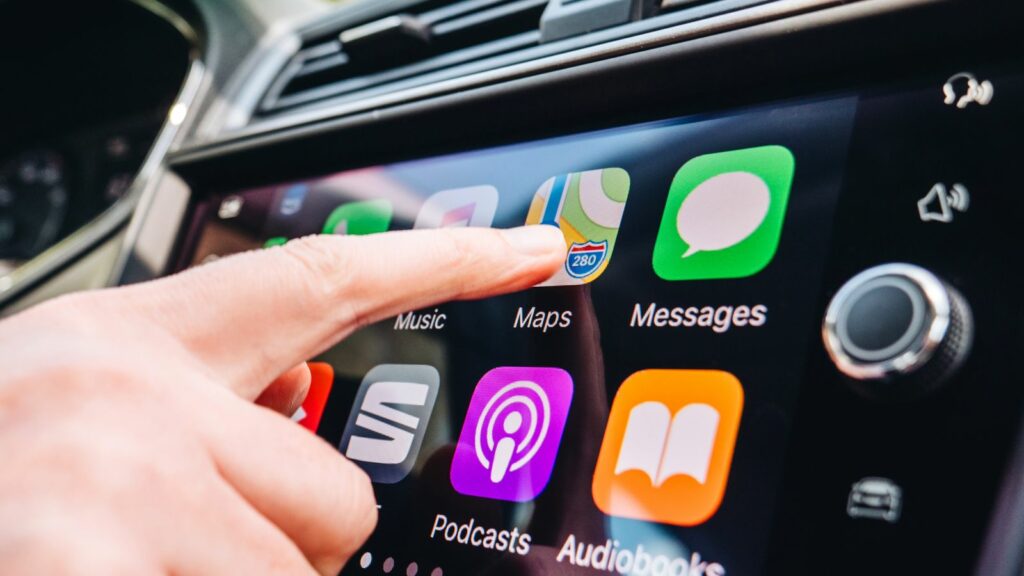For more than a decade, carmakers treated big glossy screens as the answer to every interior question. The look felt futuristic and clean, and the sales brochures were full of sleek panels and app like menus. But real world driving told a different story. Glitches, distraction, and daily annoyances piled up, and the crowd that once cheered for tablet like dashboards started asking for knobs again. The industry is listening.
The Rise of the Touchscreen Era
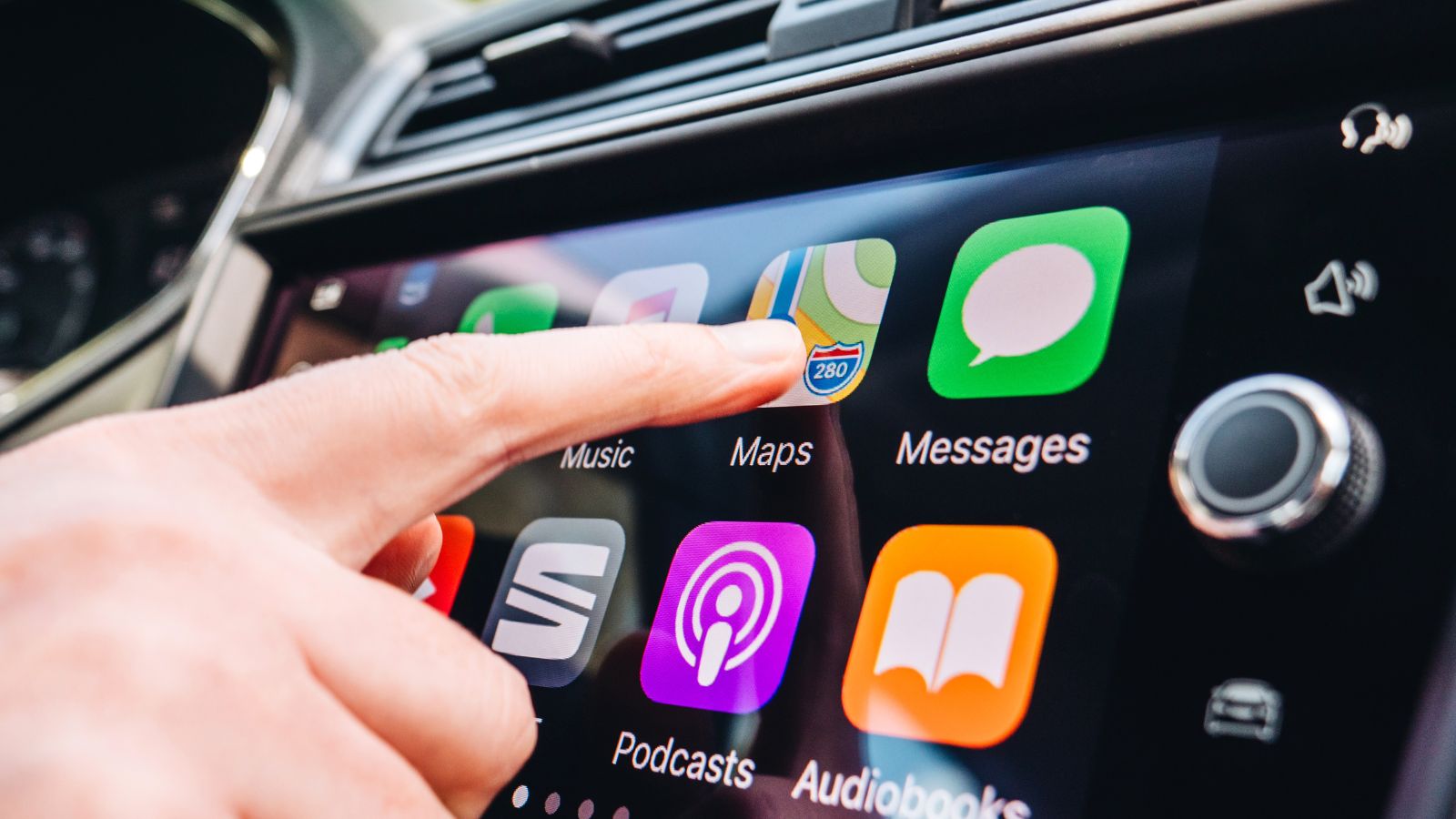
The early 2010s were a rush to digitize. A few tech forward brands proved that giant screens could sell cars, and everyone else followed. Physical controls vanished as designers chased a minimalist vibe. On a showroom floor the result was striking. On a bumpy commute it was less charming. Adjusting simple settings now meant tapping through layers of menus while your eyes left the road. What felt cool at launch began to feel tiring after a few months.
Why Drivers Turned Against Them
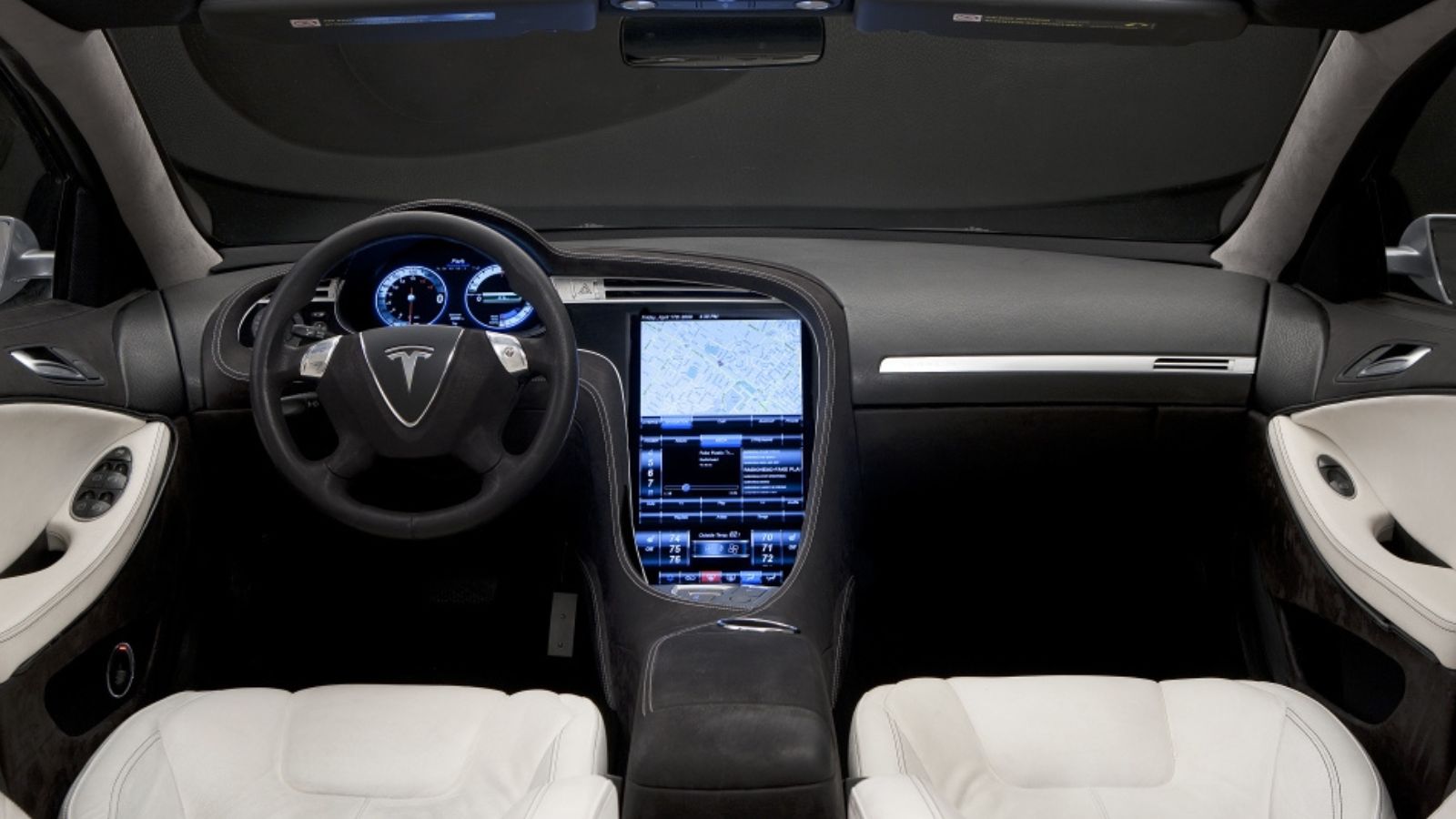
Drivers discovered that basic tasks had become chores. Volume, temperature, and seat heat used to be one finger twists. Now they were tap, swipe, confirm. Touch targets moved with every pot hole. Winter gloves confused capacitive panels. Sun glare washed out icons. If the software lagged or froze, essential functions could vanish until the system rebooted. That is not a minor irritation when you are merging at highway speed. The complaint that screens demanded too much attention became the common refrain.
The Return of Physical Controls
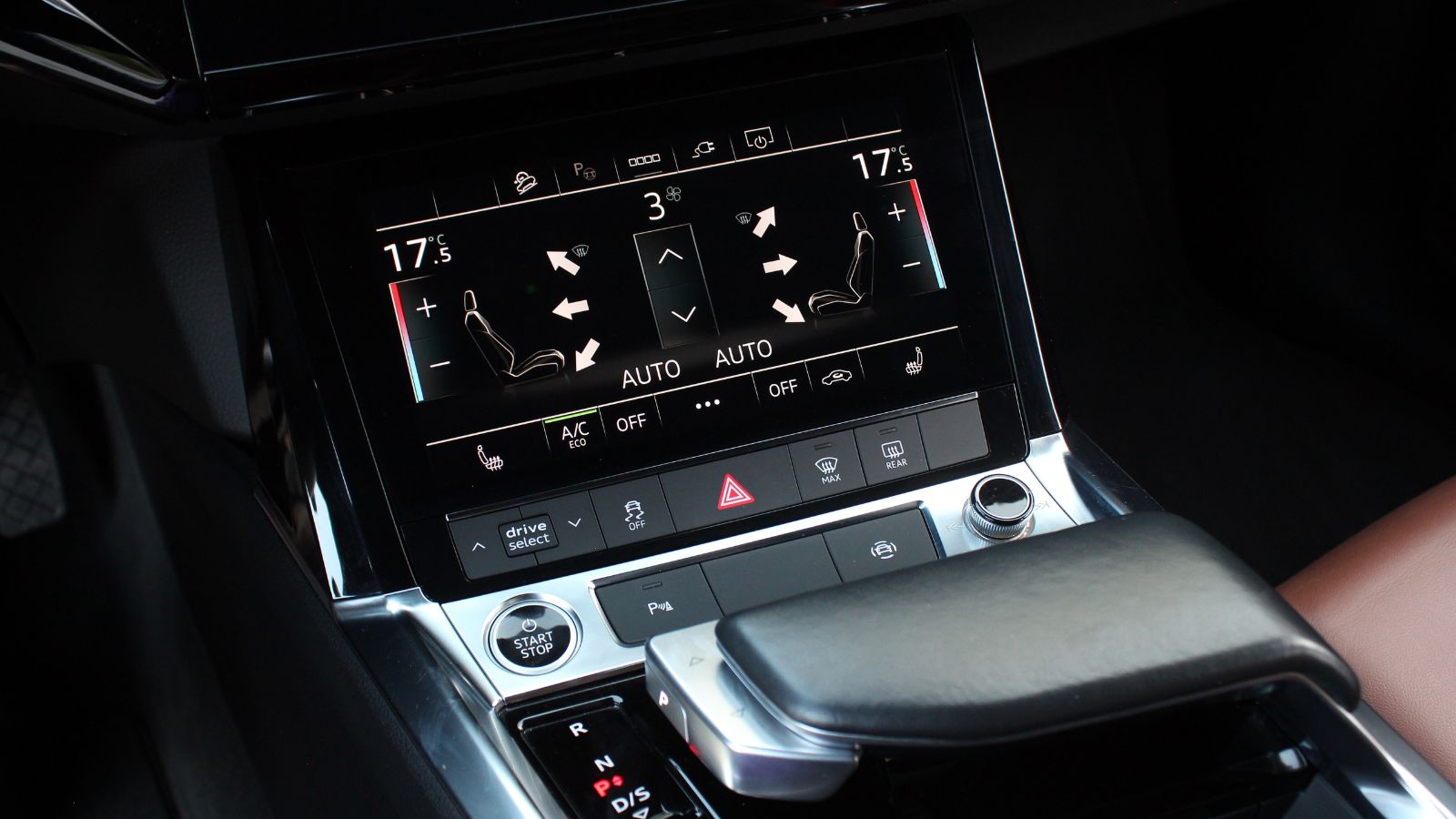
Carmakers are reversing course. Many now promise hard keys for common tasks. Climate gets a row of dedicated buttons. Audio gets a volume knob and a tuning wheel. Window demisters and hazard lights return to big obvious switches you can hit without looking. Luxury brands that once hid everything in menus now confess that tactile controls reduce frustration and speed up interactions. Mass market brands say the same thing in plainer terms. Customers asked. We put the buttons back.
Safety Is Forcing the Issue
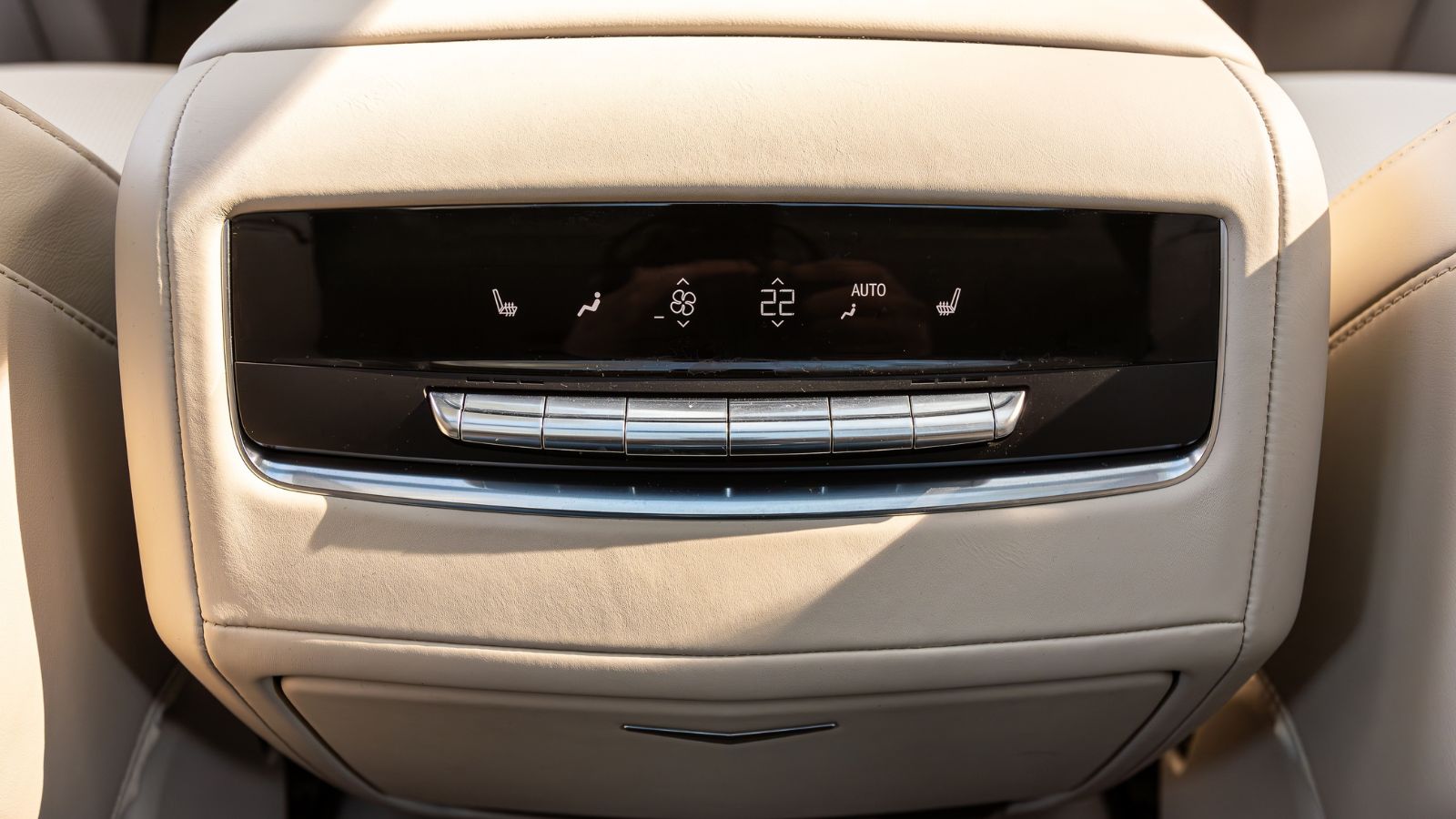
Safety teams have grown wary of interfaces that behave like smartphones. A driver cannot afford to stare at a menu while traveling at sixty miles an hour. Human factors research keeps repeating the same lesson. Tasks that you can do by feel are faster and safer. Regulators and testing bodies keep nudging the industry toward controls that keep eyes up and hands steady. Carmakers would rather redesign on their own than wait for a mandate that tells them exactly how.
Cost, Quality, and Winter Reality
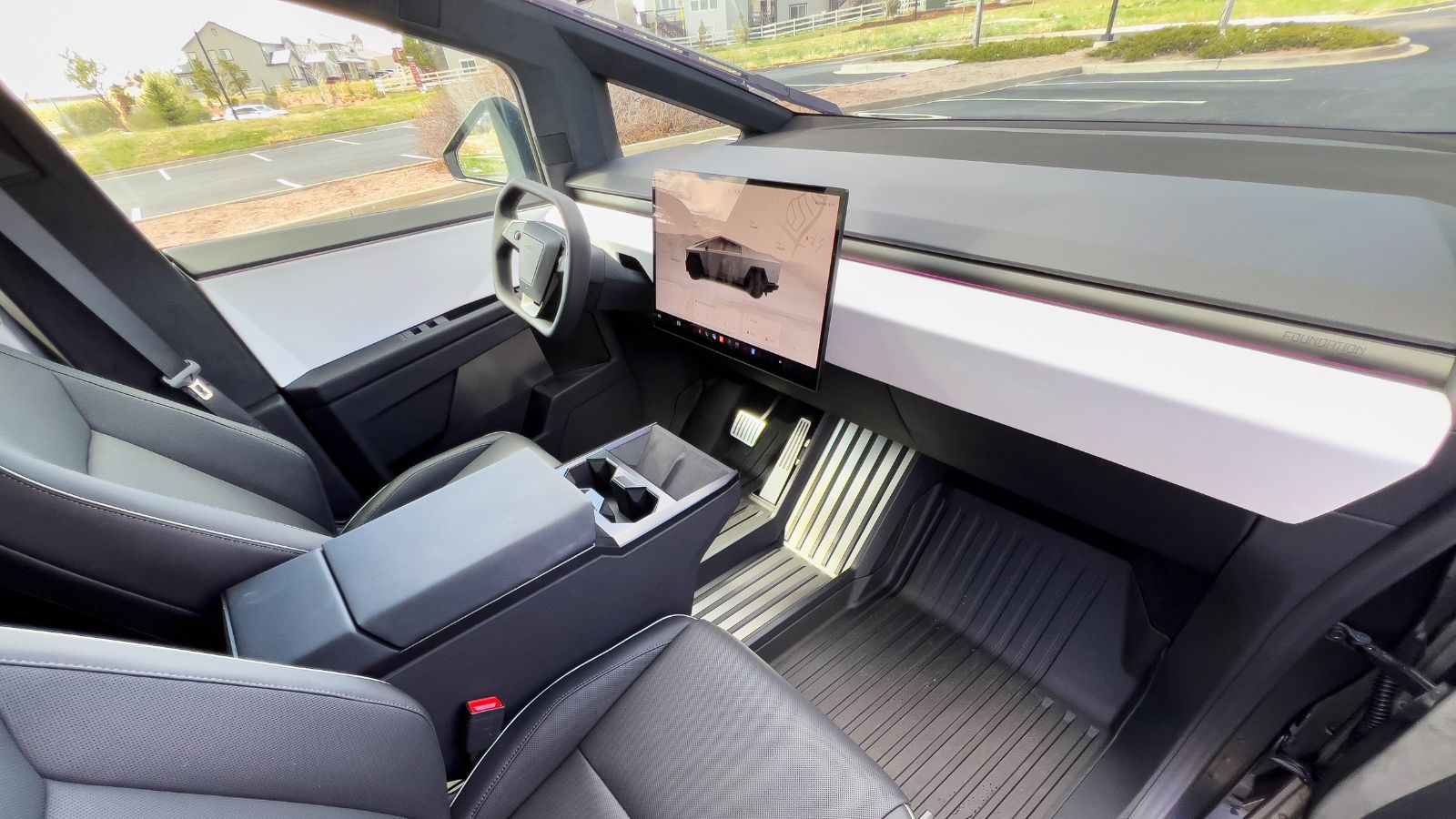
Touchscreens are not just a user experience risk. They are a warranty risk. One flaky panel or a misbehaving controller can take down half the cabin. Replacing a screen costs far more than swapping a failed switch. Cold climates make everything worse. Gloves defeat many panels. Dry air and static create ghost touches. Owners complain, dealers eat labor time, and the bean counters notice. A reliable knob becomes the smart financial choice as well as the practical one.
Voice Control Is Better, Not Perfect
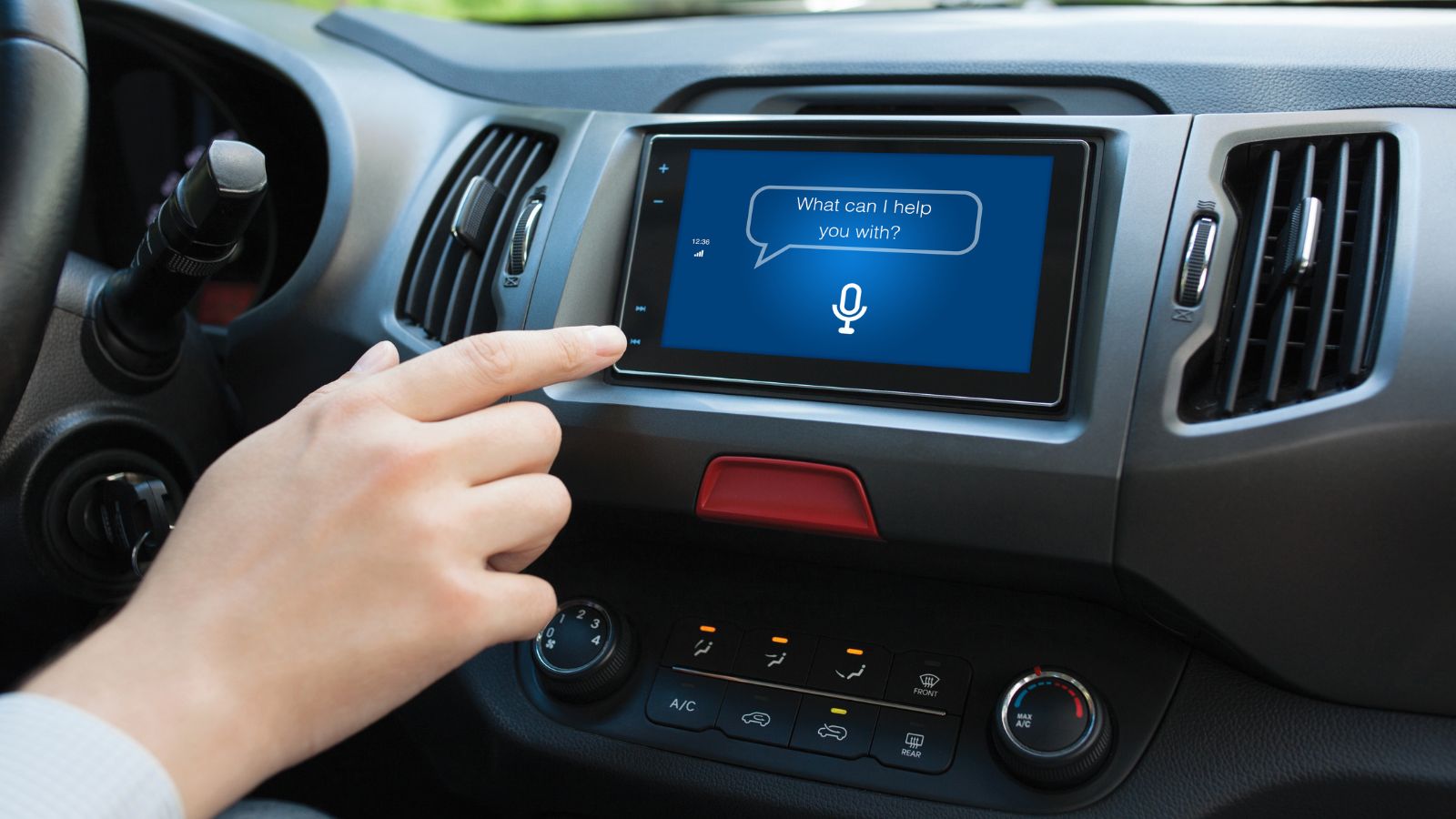
Voice assistants are improving and they help reduce screen dependence. You can ask for a temperature change, a navigation destination, or a playlist without looking down. But microphones struggle with accents, road noise, and kids shouting from the back. A good car interface pairs voice with quick physical backups. If the system mishears you, a twist or a tap finishes the job.
Smarter Screens, Fewer Screens
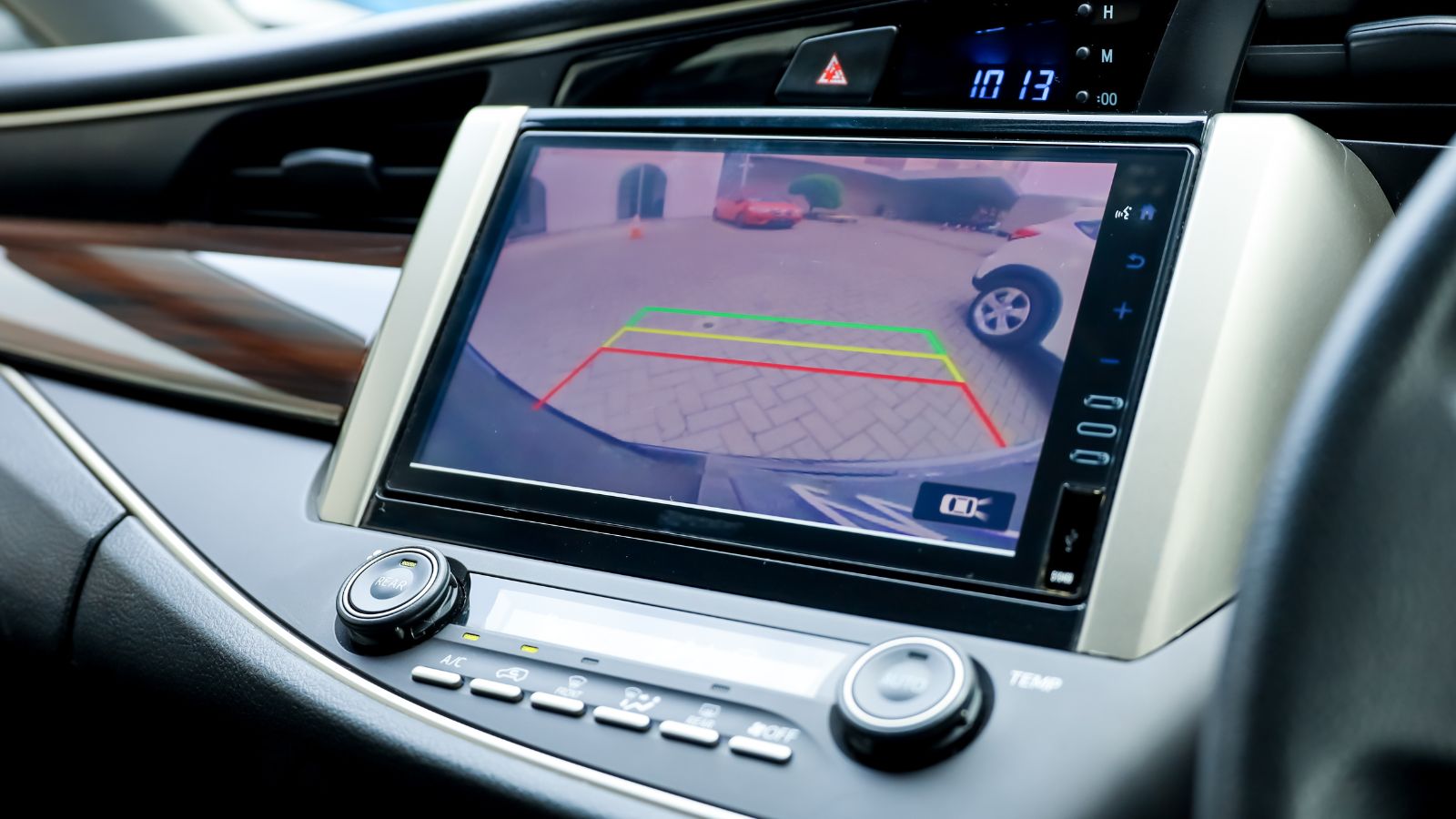
Screens are not going away. They will handle maps, cameras, detailed settings, and deep car data. The difference is in how they appear and behave. Many brands are shrinking home pages, adding permanent status bars for climate and audio, and pinning a row of always present shortcuts along the bottom. Haptic feedback adds a little click under your finger. Faster processors cut lag. The goal is simple. Put glanceable info up high, park complex stuff when the car is stopped, and keep the daily controls off the glass.
Designers Are Redrawing the Cabin
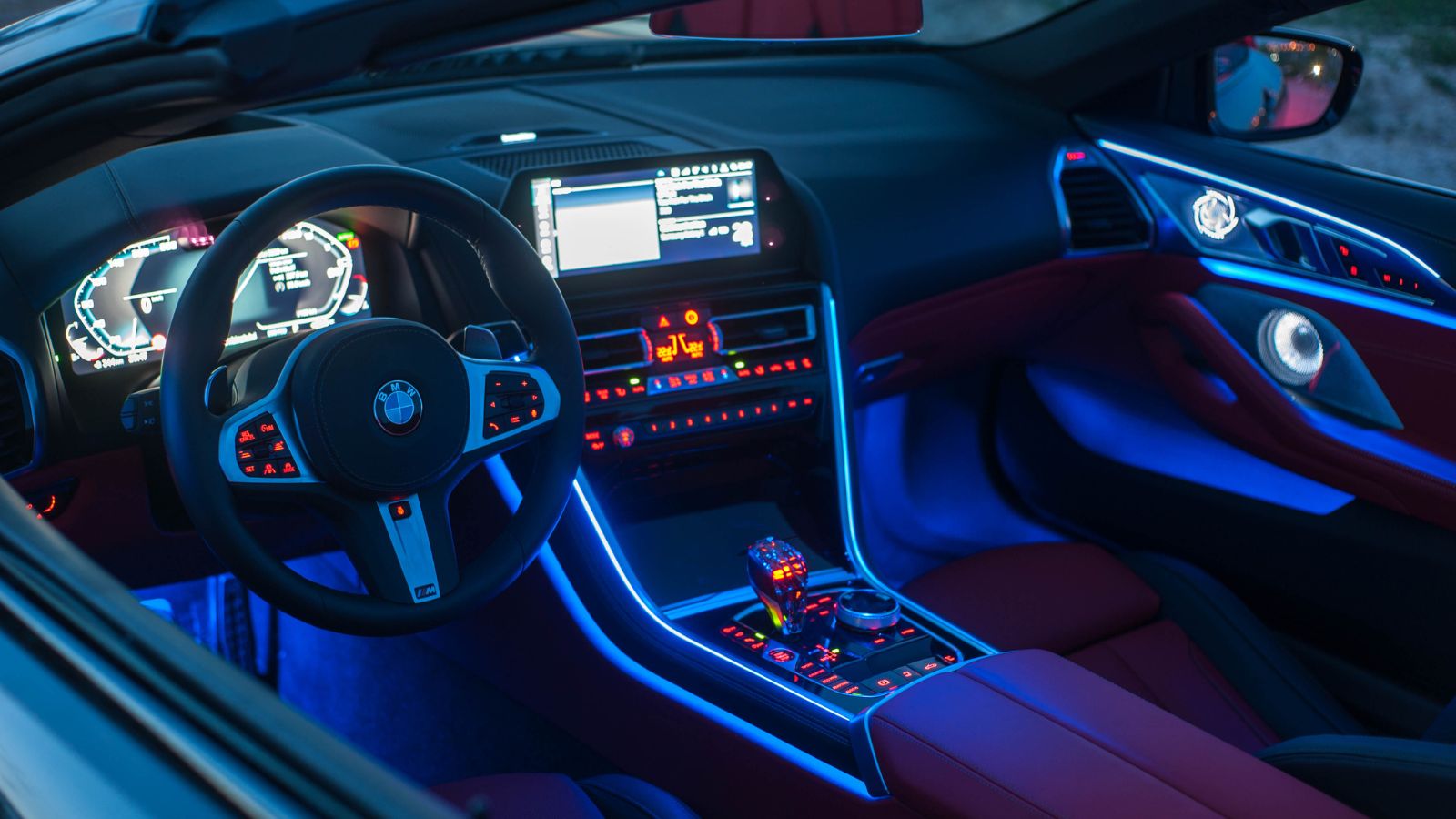
Interior teams are shifting from tablet on a stick to layered dashboards that mix textures and touchpoints. You will see tall vents with big knurled rollers for airflow, a slim central screen canted toward the driver, and a small cluster behind the wheel that shows speed and range without visual clutter. The important parts sit within one hand span of the steering wheel. The rarely used features live deeper in the software where they belong.
What It Means For Buyers
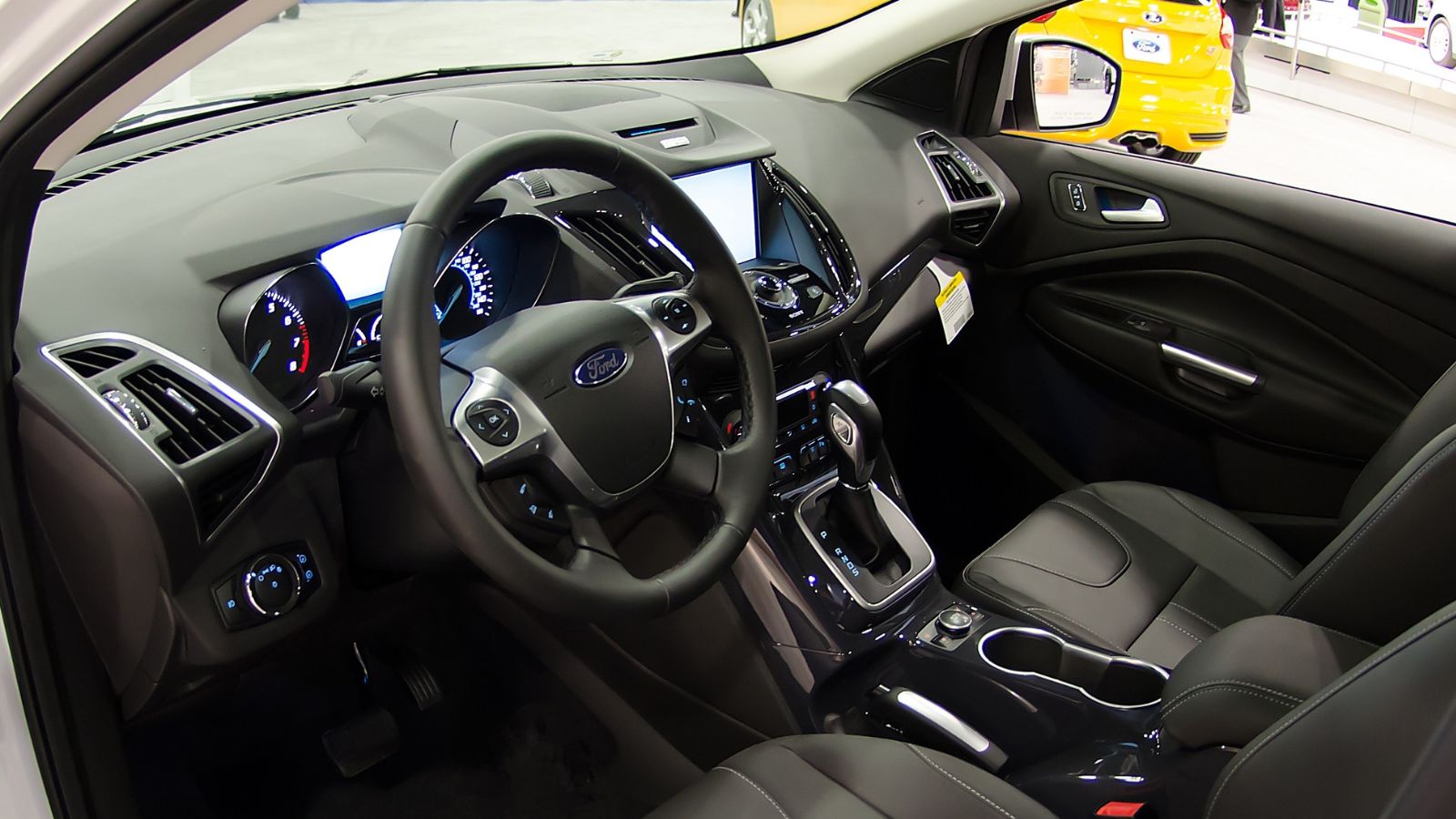
Shoppers should expect cabins that feel more intuitive in the first five minutes. You will find the temperature without hunting. You will change a song without taking your eyes off the road. The tech is still there and often better. Over the air updates continue to add features. The difference is that daily life is calmer. The car asks less of your attention. You arrive less frazzled.
The Real Measure Is Time To Task
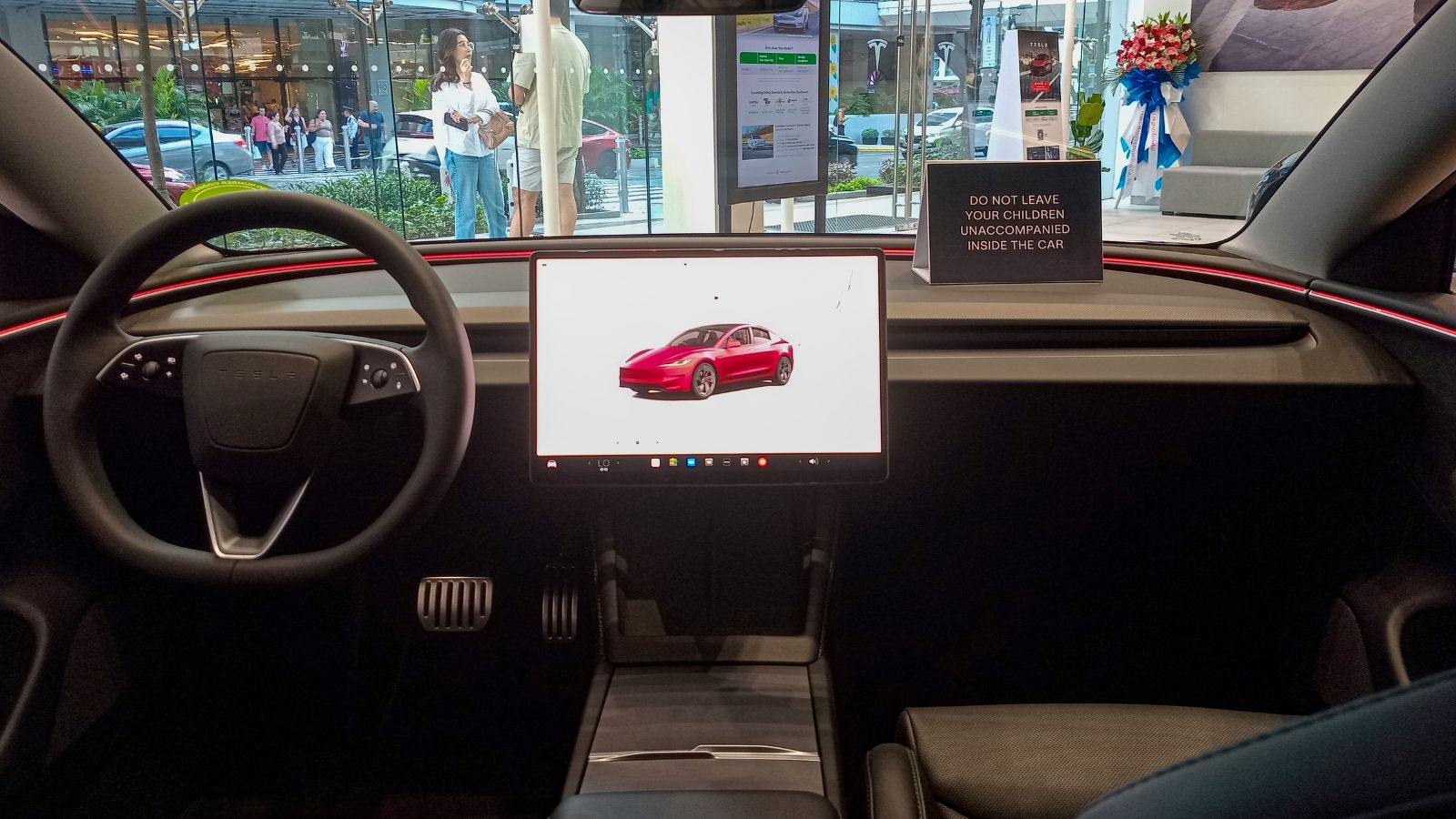
Automakers are chasing one metric above all others. How quickly can a driver complete a common task with eyes up and hands steady. A knob you can find by feel will beat a deep menu every time. That is why the pendulum is swinging back. Not because screens are bad, but because driving is a job that rewards the simplest possible motion for the most frequent tasks.
25 Facts About Car Loans That Most Drivers Don’t Realize

Car loans are one of the most common ways people fund car purchases. Like any other kind of loan, car loans can have certain features that can be regarded as an advantage or a disadvantage to the borrower. Understanding all essential facts about car loans and how they work to ensure that you get the best deal for your financial situation is essential. Here are 25 shocking facts about car loans that most drivers don’t realize:
25 Facts About Car Loans That Most Drivers Don’t Realize
